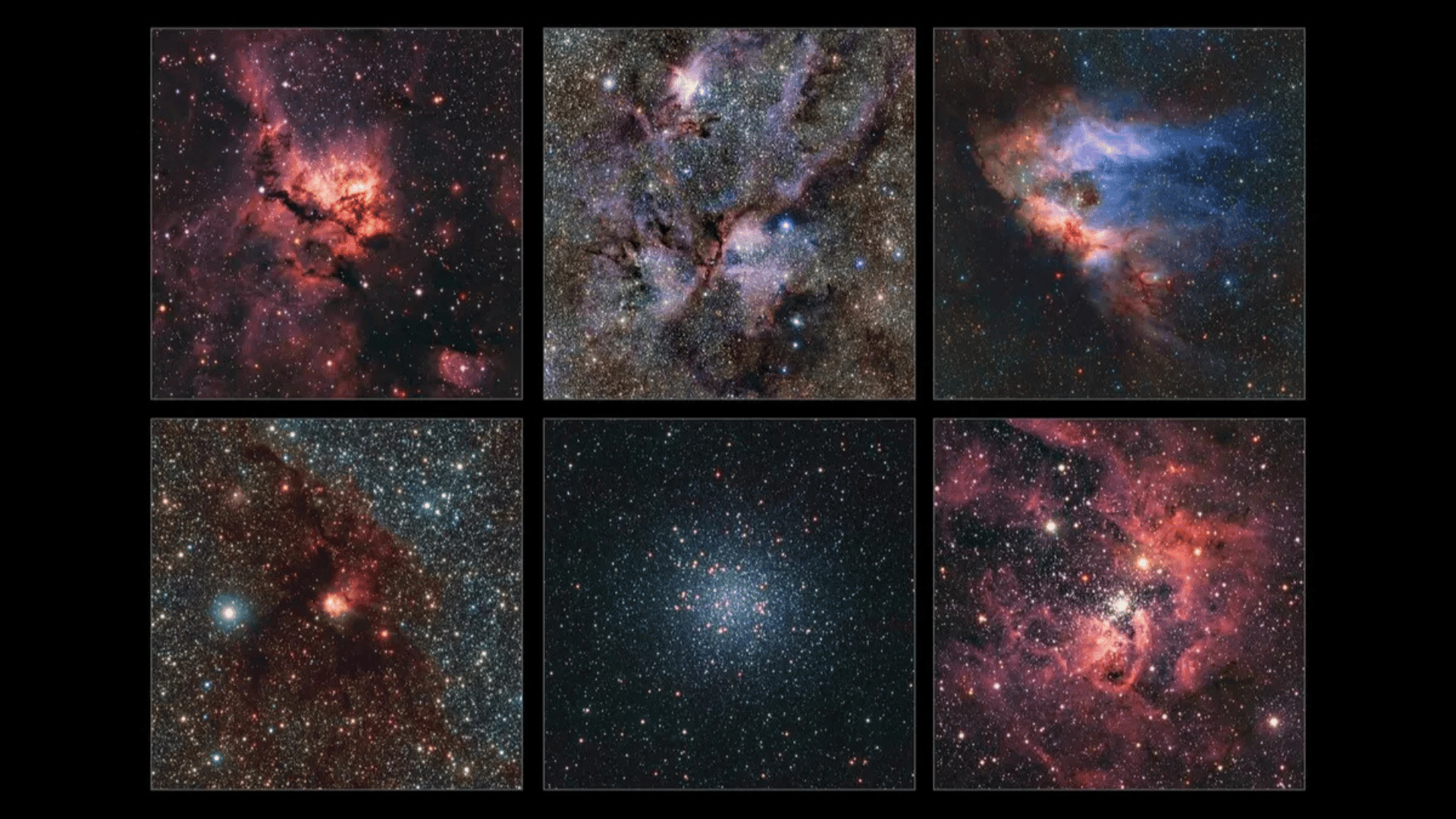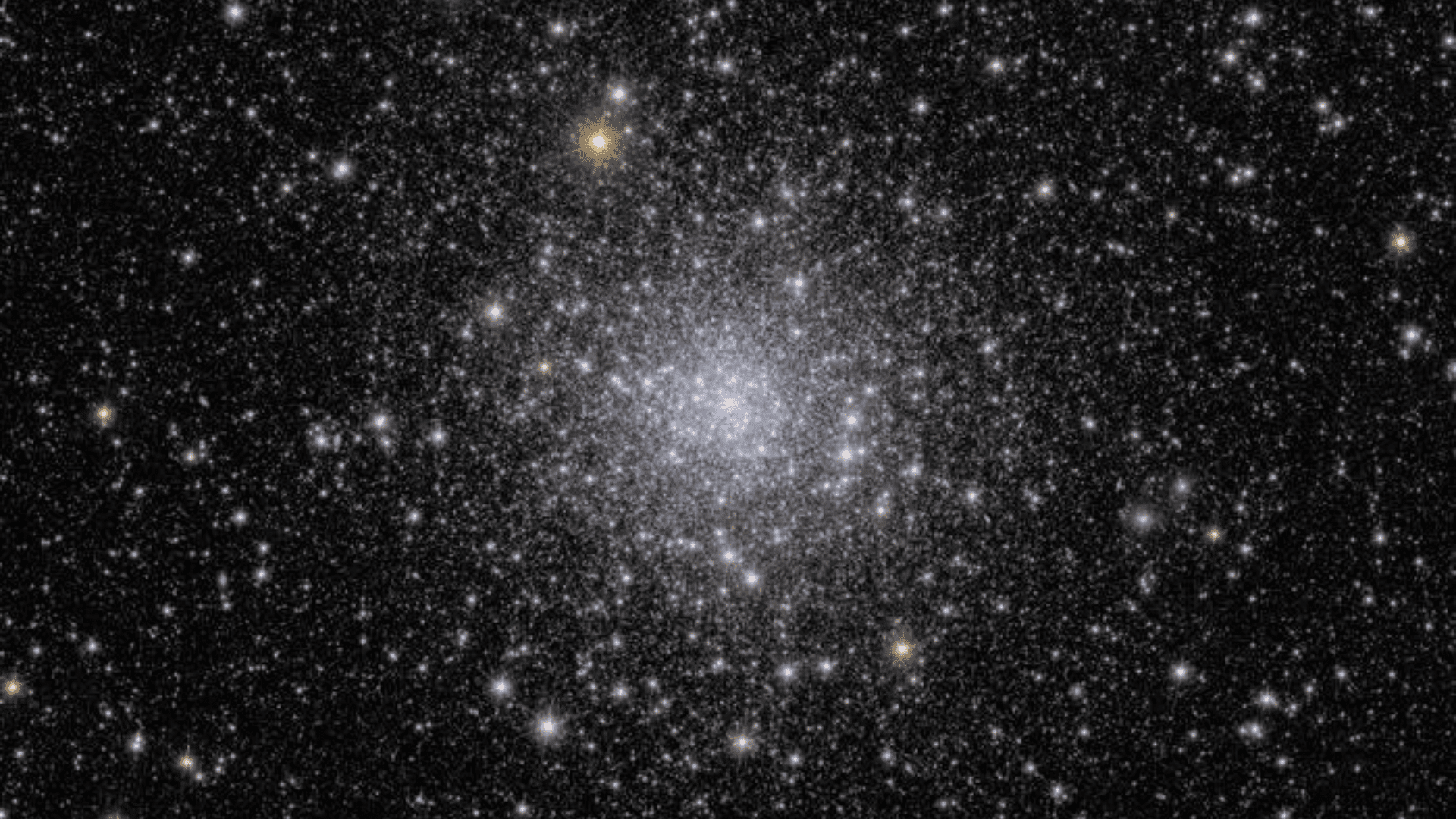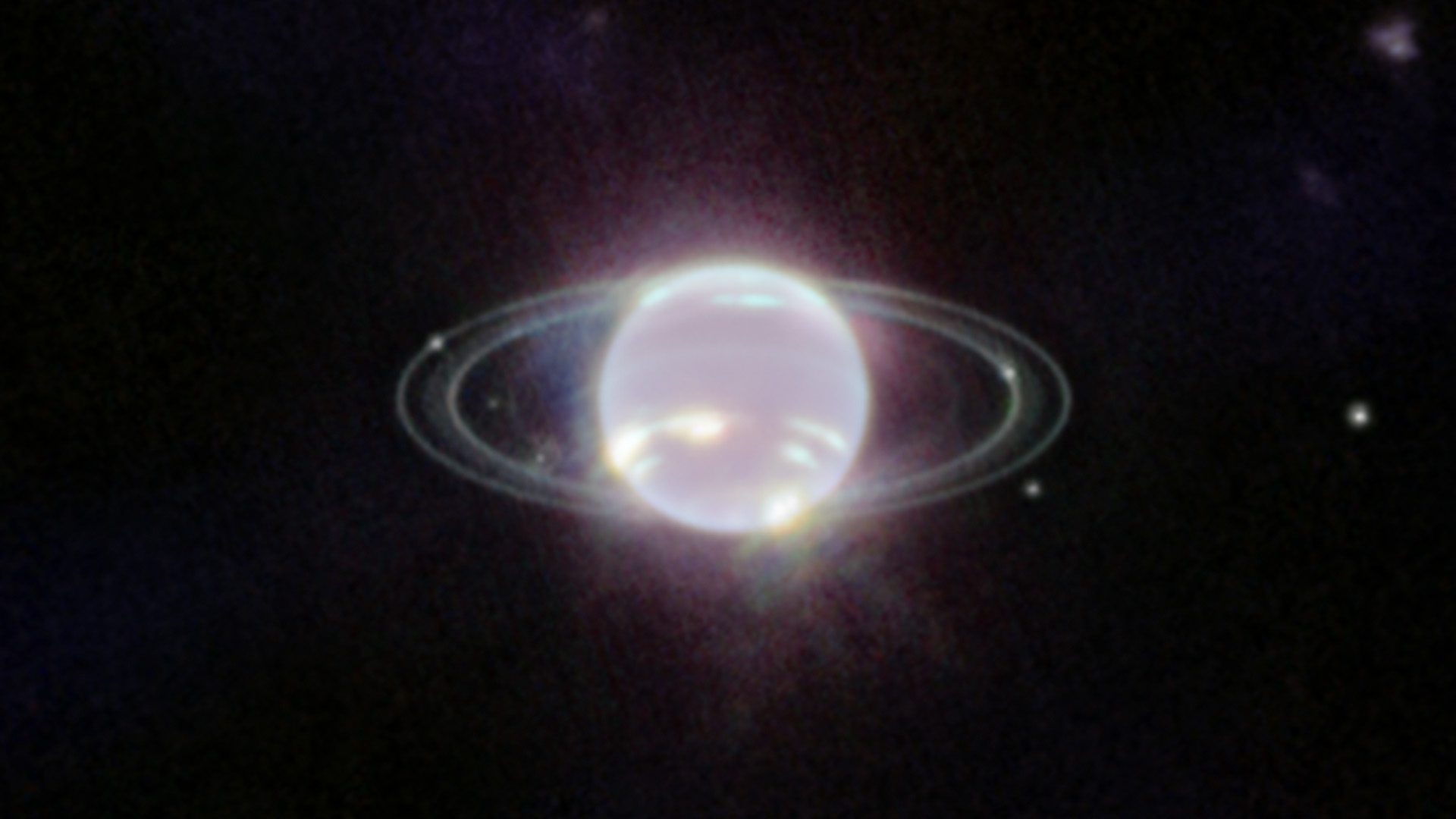After more than 13 years and 500 terabytes of data, our galaxy’s most detailed infrared map has finally been completed.

The project was the largest ever conducted by the European Southern Observatory, featuring over 200,000 images snapped by VISTA – the Visible and Infrared Survey Telescope for Astronomy at the Paranal Observatory in Chile.
As infrared astronomy is difficult from the ground, telescopes have been positioned at high altitudes where there is less humidity and more visibility. The previous version of this map, published in 2012, only includes approximately one-tenth of the number of objects.
Using the full power of infrared, the team saw through the dust that shrouds the Milky Way, cold objects such as brown dwarfs, and free-floating planets that have fallen away from their star systems.
“We made so many discoveries, we have changed the view of our galaxy forever,” Dante Minniti, an astrophysicist at Universidad Andrés Bello in Chile who led the overall project, said in a statement.

Since the project began in 2010, over 300 scientific articles have been published based on the observations. Measuring variable stars, for example, is important for creating the 3D aspect of the map and determining their distance from Earth.
“The project was a monumental effort, made possible because we were surrounded by a great team,” said Roberto Saito, an astrophysicist at the Universidade Federal de Santa Catarina in Brazil and lead author of the paper.
This information will provide data that will be used and analyzed for decades to come. It will also be important for the proposed next iteration of another galaxy mapmaker: Gaia.







